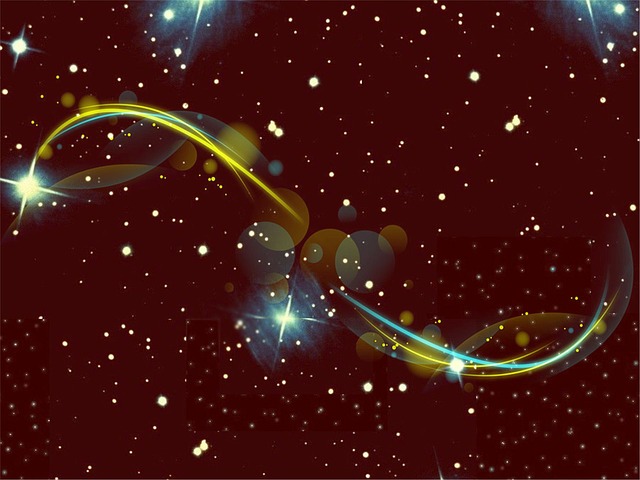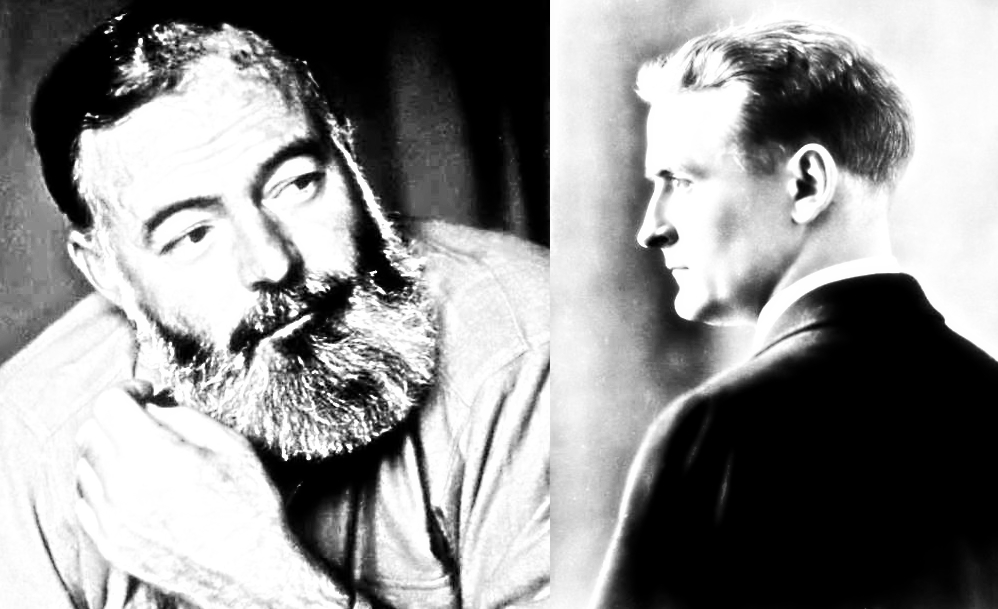“I don’t sleep. I dream.” – Rust Cohle
In a previous post, we discussed Robert W. Chambers’ The King in Yellow, which had a profound impact on True Detective, Season 1 in many ways. Today, we are going to look at how Writer Nic Pizzolatto and Director Cary Joji Fukunaga collaborated and created a Lovecraftian horror of epic proportions.
In case you haven’t seen it, there will be heavy spoilers in this analysis and overview. Please do yourself a favor, and go watch the first season of True Detective while you are still ignorant of the sublime nature of all eight episodes.
Into the void
As it relates to this blog, I am going to be focusing on the aspects of the show that are obviously influenced by literature (and weird fiction). These influences include Robert W. Chambers, H.P. Lovecraft, Nietzsche, Schopenhauer, Alan Moore, and no doubt a thousand detective stories from Raymond Chandler and Edgar Allan Poe’s C. Auguste Dupin character. Pizzolatto was a teacher and aspiring writer before his breakout success and worked on short stories that appeared in Between Here and the Yellow Sea (2006), and I believe his background explains the literariness of the first season.
The first thing worth mentioning is Rustin Spence “Rust” Cohle’s (Matthew McConaughey) visions. Some online reviewers have pointed out that Cohle seems to suffer from synesthesia. Synthesthesia is “a neurological condition in which stimulation of one sensory or cognitive pathway (for example, hearing) leads to automatic, involuntary experiences in a second sensory pathway (such as vision)” (Psychology Today). For instance, in the first episode Cohle sees True Detective’s version of the Yellow Sign in the form of birds flying through the sky; additionally, throughout much of the series we find that Cohle hallucinates sensory experiences (depicted while driving in one episode), and he also hallucinates a void in the last episode of the show that ostensibly reveals the otherworldly nature of the protagonist…whether it is imagined or not.
Cohle’s hallucinations are very much inspired by Lovecraftian lore, and more particularly the monsters that hide in the shadows–the others that we can’t see–and the world beyond the veil. In “The Music of Erich Zann,” the protagonist finds himself in a wretched battle of survival against the forces of the unseen, and of the void itself, that whirls, mocking, outside of Zann’s window. Likewise, in “The Dunwich Horror” a massive invisible monster wreaks havoc on a community, killing many, and leaving invisible footprints in its wake.
Of course, these are but a few of the comparisons one could make between True Detective‘s emphasis on an invisible world and the fantasy of H.P. Lovecraft. We could draw tangible parallels to Carcosa as well, in which the literal land and old Civil War fort where Erroll Childress has taken up his rituals are covered (hidden) in the swamps of Louisiana. Cohle’s ability to see beyond the veil grants him a focus that other lawmen do not possess, and it ultimately allows him to solve the murders; in contrast, many of Lovecraft’s protagonists are forced into confrontation rather than experiencing the world by proxy, but they must cross this invisible veil in order to see the truth of the world in which they live. While True Detective may not use literal monsters, the monster(s) in the first season still hides amongst the weeds, and beyond the veil of reality.
Carcosa
Carcosa, as it is used in the show, was no doubt inspired by The King in Yellow by Robert W. Chambers, but it comes from Ambrose Bierce’s short story “An Inhabitant of Carcosa” (1886). However, in getting to Chambers’s usage of the city, we can see parallels between the way in which it was implemented in True Detective season one and in the stories in which it appears. Carcosa is realized in a foreboding play (one that can literally drive you mad), and is exists within the aforementioned play as a haunted or “cursed” place. In three of the four stanzas, it is referenced as either “Lost” or “Dim” and that should tell the reader of its bleak existence.
Chambers writers:
“Strange is the night where black stars rise,/
And strange moons circle through the skies,/ But stranger still is/
Lost Carcosa.”
Meanwhile, in True Detective, we find that the killer–the real killer–has created a sort of ritual chamber (a labyrinth, in fact) in an old Civil War fort that Fukunaga and co. discovered while scouting locations in Louisiana. Carcosa, in this instance, is not possibly cursed, but is absolutely cursed; and if not by real spirits then at least by the real tragedies that have occurred there, such as ritualistic sacrifice, torture, and rape.
In response to fan theories about The King in Yellow, Fukanaga stated: “I think for Nic (Pizzolatto ), he definitely enjoys those references. For us we’ll take the signifiers in terms of content and lace them throughout. So, yes, it definitely did. Black stars. Different forms of yellow are definitely peppered throughout the show.” Some references were “planned,” he stated, and some were “spontaneous.”
Time
Time is a strange beast in weird fiction. Often, time is the deus ex machina in the story that helps the protagonist miraculously appear somewhere else. For example, many of Lovecraft’s stories feature characters passing out in danger and then waking up in safety. “Dagon,” (1917) for example, features a narrator who loses his grip on reality when confronted by a horrible fish monster. He wakes up near his boat some time later unsure of how he had clawed his way from near death.
But time works differently in weird fiction, too. In Chamber’s The King in Yellow, the narrator of “The Repairer of Reputations” has considerable past damages to be aware of and important work to look forward to in the future. Meanwhile, in “The Mask,” the protagonist must wait patiently for a revelation to occur in order to understand the effects of a magical liquid. Additionally, we find dreams and alleys contorted in the text that revel in a complete understanding of time and space.
In True Detective, Season 1, the initial scenes feature Rust and Marty investigating the death of a prostitute, Dora Lange, in 1995. Later, there is a time shift to show them as older (even though the story plays out in time shifts during recorded interviews), and they continue to search for the Yellow King. In this way, evil and time play together as one; while less mysterious, time and evil coincide. The murders have happened for a long time, and we can see this in the witnesses to the case and the parents whose children have gone missing.
In conclusion
Weird fiction permeates off of True Detective season 1. The use of this particular type of fiction is effective when melded with a mystery story, too. Edgar Allan Poe’s “The Mask of Red Death” is a mystery in much the same way. We don’t know who the intruder is, but the revelation of his existence is enough to kill us. As readers, we are thrust into the void, braving a strange world, and time seems forever. Yet, there are more weird fiction stories that use mystery as its catalyst to pull us into the insanity and the unreality. In fact, you could say weird fiction writers are really just trying to pull us all into their own Carcosa, which True Detective season 1 does very well.
Works Cited
Psychology Today. “Synthesia.” Sussex Publishers, LLC. 2023. Web. https://www.psychologytoday.com/us/basics/synesthesia
Guerrasio, Jason. “True Detective Director Cary Fukunaga on the Yellow King Theories.” Esquire. March 2, 2014. Web. https://www.esquire.com/entertainment/tv/interviews/a27619/true-detective-cary-fukunaga-interview/







